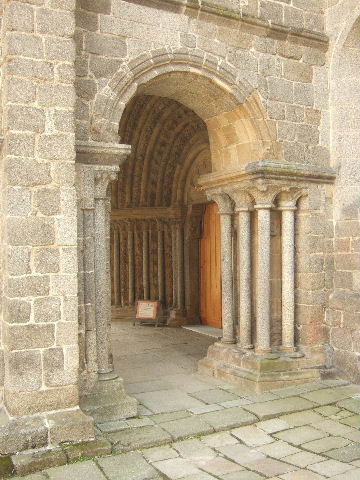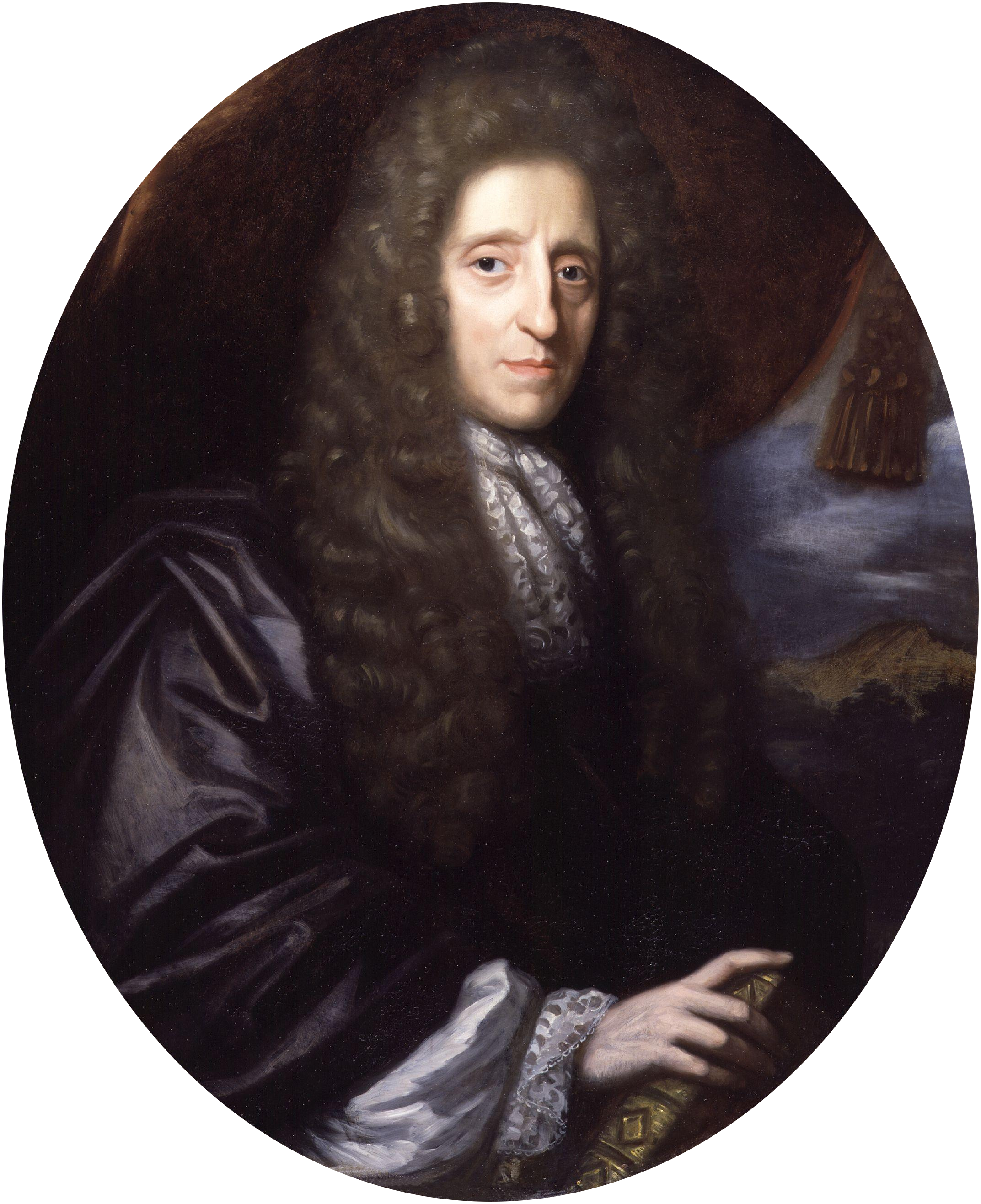|
Ulrich I, Duke Of Brno
Ulrich I, Duke of Brno (, , la, Udalricus Brunensis; 11th century – 5 January 1113) was the Duke of Moravia for twenty one years - between 1092 and 1113. He was the first son and successor of Conrad I, Duke of Bohemia (died 1092) and Wirpirk of Tengling. He did not succeed as half ruler of Moravia ( diarch), for all half of Moravia (the west one) as his father Conrad I, but Brno was divided into two parts: Brno and Znojmo and Ulrich was co-ruler in this part with his brother Luitpold of Znojmo. Both brothers together established a |
Fresco
Fresco (plural ''frescos'' or ''frescoes'') is a technique of mural painting executed upon freshly laid ("wet") lime plaster. Water is used as the vehicle for the dry-powder pigment to merge with the plaster, and with the setting of the plaster, the painting becomes an integral part of the wall. The word ''fresco'' ( it, affresco) is derived from the Italian adjective ''fresco'' meaning "fresh", and may thus be contrasted with fresco-secco or secco mural painting techniques, which are applied to dried plaster, to supplement painting in fresco. The fresco technique has been employed since antiquity and is closely associated with Italian Renaissance painting. The word ''fresco'' is commonly and inaccurately used in English to refer to any wall painting regardless of the plaster technology or binding medium. This, in part, contributes to a misconception that the most geographically and temporally common wall painting technology was the painting into wet lime plaster. Even in appar ... [...More Info...] [...Related Items...] OR: [Wikipedia] [Google] [Baidu] |
Illegitimate
Legitimacy, in traditional Western common law, is the status of a child born to parents who are legally married to each other, and of a child conceived before the parents obtain a legal divorce. Conversely, ''illegitimacy'', also known as ''bastardy'', has been the status of a child born outside marriage, such a child being known as a bastard, a love child, a natural child, or illegitimate. In Scots law, the terms natural son and natural daughter bear the same implications. The importance of legitimacy has decreased substantially in Western countries since the sexual revolution of the 1960s and 1970s and the declining influence of conservative Christian churches in family and social life. Births outside marriage now represent a large majority in many countries of Western Europe and the Americas, as well as in many former European colonies. In many Western-influenced cultures, stigma based on parents' marital status, and use of the word ''bastard'', are now widely considered ... [...More Info...] [...Related Items...] OR: [Wikipedia] [Google] [Baidu] |
Třebíč
Třebíč (; german: Trebitsch; yi, טרייביטש Treybitsh) is a town in the Vysočina Region of the Czech Republic. It has about 34,000 inhabitants. The beginnings of the town's history are connected with the establishment of a Benedictine monastery, where the castle is located today. In the age of its expansion, Třebíč was the third most important town in Moravia. The population growth started after World War II. There are several well-known tourist sights in the town. The Jewish Quarter and St. Procopius Basilica were listed as a UNESCO World Heritage Site in 2003 because of their testimony to cultural interchange across several centuries and the remarkable architecture within the site. The town centre is well preserved and is protected by law as an urban monument zone. Administrative parts The town is made up of 17 town parts and villages: *Borovina *Budíkovice *Horka Domky *Jejkov *Nové Dvory *Nové Město *Pocoucov *Podklášteří *Ptáčov *Račerovice *Ř� ... [...More Info...] [...Related Items...] OR: [Wikipedia] [Google] [Baidu] |
Benedictine Abbey
, image = Medalla San Benito.PNG , caption = Design on the obverse side of the Saint Benedict Medal , abbreviation = OSB , formation = , motto = (English: 'Pray and Work') , founder = Benedict of Nursia , founding_location = Subiaco Abbey , type = Catholic religious order , headquarters = Sant'Anselmo all'Aventino , num_members = 6,802 (3,419 priests) as of 2020 , leader_title = Abbot Primate , leader_name = Gregory Polan, OSB , main_organ = Benedictine Confederation , parent_organization = Catholic Church , website = The Benedictines, officially the Order of Saint Benedict ( la, Ordo Sancti Benedicti, abbreviated as OSB), are a monastic religious order of the Catholic Church following the Rule of Saint Benedict. They are also sometimes called the Black Monks, in reference to the colour of their religious habits. They were f ... [...More Info...] [...Related Items...] OR: [Wikipedia] [Google] [Baidu] |
Agnatic Seniority
Agnatic seniority is a patrilineal principle of inheritance where the order of succession to the throne prefers the monarch's younger brother over the monarch's own sons. A monarch's children (the next generation) succeed only after the males of the elder generation have all been exhausted. Agnatic seniority essentially excludes females of the dynasty and their descendants from the succession. Contrast agnatic primogeniture, where the king's sons stand higher in succession than his brothers. Description In hereditary monarchies, particularly in more ancient times, seniority was a much-used principle of order of succession. The Ottoman Empire evolved from an elective succession (following the principle of agnatic seniority) to a succession inherited by the law of agnatic seniority. In succession based on rotation (close to seniority), all (male) members of the dynasty were entitled to the monarchy, in principle. However, this tends to lead to situations where there is no clear ... [...More Info...] [...Related Items...] OR: [Wikipedia] [Google] [Baidu] |
Frankfurt
Frankfurt, officially Frankfurt am Main (; Hessian: , "Frank ford on the Main"), is the most populous city in the German state of Hesse. Its 791,000 inhabitants as of 2022 make it the fifth-most populous city in Germany. Located on its namesake Main River, it forms a continuous conurbation with the neighboring city of Offenbach am Main and its urban area has a population of over 2.3 million. The city is the heart of the larger Rhine-Main metropolitan region, which has a population of more than 5.6 million and is Germany's second-largest metropolitan region after the Rhine-Ruhr region. Frankfurt's central business district, the Bankenviertel, lies about northwest of the geographic center of the EU at Gadheim, Lower Franconia. Like France and Franconia, the city is named after the Franks. Frankfurt is the largest city in the Rhine Franconian dialect area. Frankfurt was a city state, the Free City of Frankfurt, for nearly five centuries, and was one of the most import ... [...More Info...] [...Related Items...] OR: [Wikipedia] [Google] [Baidu] |
Emperor Henry IV
Henry IV (german: Heinrich IV; 11 November 1050 – 7 August 1106) was Holy Roman Emperor from 1084 to 1105, King of Germany from 1054 to 1105, King of Italy and Burgundy from 1056 to 1105, and Duke of Bavaria from 1052 to 1054. He was the son of Henry III, Holy Roman Emperor—the second monarch of the Salian dynasty—and Agnes of Poitou. After his father's death on 5 October 1056, Henry was placed under his mother's guardianship. She made grants to German aristocrats to secure their support. Unlike her late husband, she could not control the election of the popes, thus the idea of the "liberty of the Church" strengthened during her rule. Taking advantage of her weakness, Archbishop Anno II of Cologne kidnapped Henry in April 1062. He administered Germany until Henry came of age in 1065. Henry endeavoured to recover the royal estates that had been lost during his minority. He employed low-ranking officials to carry out his new policies, causing discontent in Saxony and Thuri ... [...More Info...] [...Related Items...] OR: [Wikipedia] [Google] [Baidu] |
Legitimacy (political)
In political science, legitimacy is the right and acceptance of an authority, usually a governing law or a regime. Whereas ''authority'' denotes a specific position in an established government, the term ''legitimacy'' denotes a system of government—wherein ''government'' denotes "sphere of influence". An authority viewed as legitimate often has the right and justification to exercise power. Political legitimacy is considered a basic condition for governing, without which a government will suffer legislative deadlock(s) and collapse. In political systems where this is not the case, unpopular regimes survive because they are considered legitimate by a small, influential elite.Dahl, Robert A. ''Polyarchy: Participation and Opposition'' (pp. 124–188). New Haven (Connecticut) and London: Yale University Press, 1971 In Chinese political philosophy, since the historical period of the Zhou Dynasty (1046–256 BC), the political legitimacy of a ruler and government was derived from the ... [...More Info...] [...Related Items...] OR: [Wikipedia] [Google] [Baidu] |
Duchy Of Moravia
The history of Moravia, one of the Czech lands, is diverse and characterized by many periods of foreign governance. Pre-history Early modern humans had settled in the region by the Paleolithic. The Předmostí archaeological site in Moravia is dated to between 24,000 and 27,000 years old. Ancient Moravia Around 60 BC the Celtic Volcae people withdrew from the region and were succeeded in turn by the Germanic Quadi. Several hundred years later, in the 6th century AD the Slavic tribes arrived in this territory often crossed during the Migration Period by successive Germanic and major Slavic tribes. At the end of the 8th century the Moravian Principality came into being in present-day south-eastern Moravia, Záhorie in south-western Slovakia and parts of Lower Austria. In 833 AD, this became the state of Great Moravia with the conquest of the Principality of Nitra (present-day Slovakia). Their first king was Mojmír I (ruled 830–846). Louis the German invaded Moravia and re ... [...More Info...] [...Related Items...] OR: [Wikipedia] [Google] [Baidu] |
Kievan Russia
Kievan Rusʹ, also known as Kyivan Rusʹ ( orv, , Rusĭ, or , , ; Old Norse: ''Garðaríki''), was a state in Eastern and Northern Europe from the late 9th to the mid-13th century.John Channon & Robert Hudson, ''Penguin Historical Atlas of Russia'' (Penguin, 1995), p.14–16.Kievan Rus Encyclopædia Britannica Online. Encompassing a variety of polities and peoples, including East Slavic, Norse, and Finnic, it was ruled by the |
Polish Nobility
The ''szlachta'' (Polish: endonym, Lithuanian: šlėkta) were the noble estate of the realm in the Kingdom of Poland, the Grand Duchy of Lithuania, and the Polish–Lithuanian Commonwealth who, as a class, had the dominating position in the state, exercising extensive political rights and power. Szlachta as a class differed significantly from the feudal nobility of Western Europe. The estate was officially abolished in 1921 by the March Constitution."Szlachta. Szlachta w Polsce" ''Encyklopedia PWN'' The origins of the ''szlachta'' are obscure and the subject of several theories. Traditionally, its members owned land (allods), [...More Info...] [...Related Items...] OR: [Wikipedia] [Google] [Baidu] |

.jpg)




